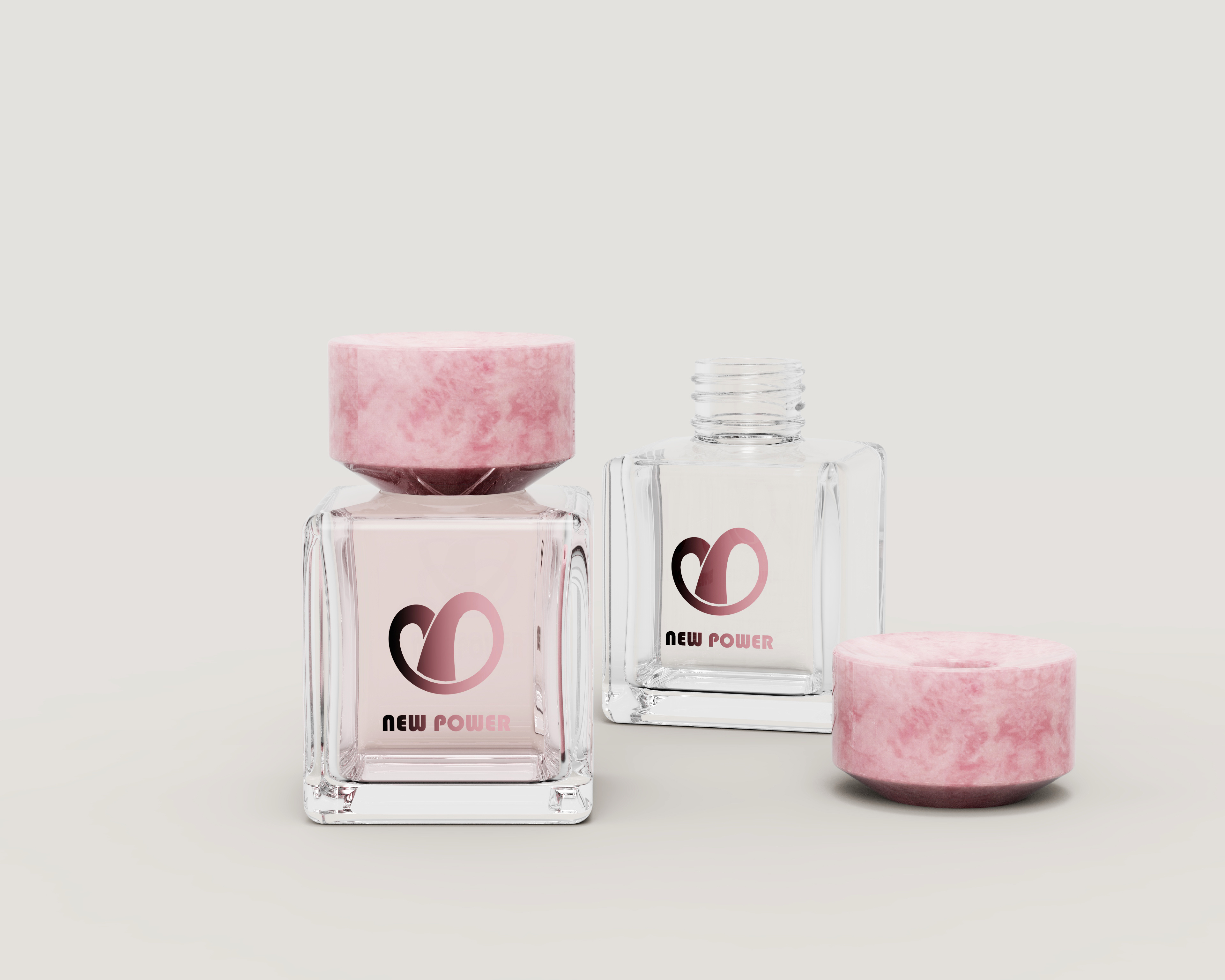Analysis of the Design Forms of High-End Perfume Bottles
Time:
2025-06-27
Analysis of the Design Forms of High-End Perfume Bottles
Introduction: The Implicit Language of Perfume Bottles as Brand Symbols
In the luxury perfume industry, bottle design serves not only as a product container but also as a vehicle for brand storytelling. While niche brands often use exaggerated shapes to attract attention (such as Kado's giraffe-shaped bottle or Mentitoloza's irregularly shaped handmade bottle), leading brands like Chanel and Dior generally opt for basic geometric forms like rectangles and cylinders. This design choice reflects the underlying logic of the luxury industry—conveying sophistication through restraint. The following analysis will explore this concept from four dimensions.
1. Brand Identity: Minimalist Design Conveys Timelessness
The Continuity of Classic Icons
Chanel No. 5's square bottle has been in use since 1921, with its straight lines and amber-coloured glass becoming an integral part of the brand's DNA. This design reinforces brand recognition through repeated exposure, avoiding dilution of brand value caused by frequent redesigns. In contrast, Lancôme's ‘Trésor’ heart-shaped bottle, launched in 1990, though once a bestseller, was forced to undergo multiple redesigns due to its outdated shape, ultimately increasing consumer cognitive costs.
Minimalism highlights the essence of luxury
Hermès' ‘Garden Series’ uses gradient colours and angular bottles, showcasing quality through glass craftsmanship rather than complex shapes. Experiments show that consumers estimate the price of perfumes in plain bottles to be 23% higher on average than those in ornate bottles (Packaging Psychology, 2023), proving that minimalist design is more easily associated with the concept of ‘understated luxury.’
II. Functionalism: Systematic Considerations from Display to Use
Cost Advantages of Standardised Production
Louis Vuitton's ‘Les Parfums’ series uses cylindrical bottles with magnetic caps, and the modular design increases production line efficiency by 40%. Irregularly shaped bottles require custom moulds (e.g., Guerlain's ‘Bee Bottle’ has a production cost per bottle three times that of a conventional bottle), which is not conducive to large-scale distribution.
Implicit Design for User Experience
Grip Comfort: Dior's ‘J'adore’ features an ergonomic slender neck design, while creative shapes like Moschino's ‘Detergent Bottle’ are prone to slipping during actual use.
Shelf Display Efficiency: Rectangular bottles can be tightly arranged to increase terminal display density. According to L'Oréal Group data, standard-shaped perfume cabinets achieve 17% higher sales per square foot than irregularly shaped bottles.
III. Market Strategy: A Rational Choice to Reduce Decision-Making Risks
Avoiding Aesthetic Fatigue Risks
The marketing director of Van Cleef & Arpels' ‘Extraordinary Collection Series’ revealed: ‘Customers' repurchase rate for complex designs is 34% lower than for basic designs,’ as novelty designs tend to depreciate over time. While CK's ‘One’ features a plain pharmacist-style bottle design, it achieves long-tail sales through its neutral positioning.
The greatest common denominator in global aesthetics
Procter & Gamble research indicates that Chinese consumers have a 61% acceptance rate for floral designs, but only 29% in the Middle East. The rectangular shape serves as a cross-cultural safe bet, avoiding the risk of stagnant sales due to regional aesthetic differences.
4. Exception verification: When complex design becomes a brand necessity
Narrative requirements for specific product lines
For example, Anna Sui established its brand with a Lolita-style aesthetic. While its butterfly-shaped bottle sacrifices practicality, it aligns perfectly with the brand's fantastical positioning. Such designs must be matched with a clear target audience profile (e.g., Gen Z women).
The Marketing Logic of Limited Editions
Tom Ford's ‘Lost Cherry’ once launched a ruby-encrusted bottle, using scarcity to create social buzz, but the standard edition returned to a rectangular bottle design, confirming that complex forms are only suitable for short-term hype.
Conclusion: The Dynamic Balance Between Standardisation and Artistry
Perfume bottle design is fundamentally a balance between brand value and commercial efficiency. Conventional forms dominate the market by reducing cognitive costs and enhancing production efficiency, while extravagant designs serve as supplementary tools for niche markets. As 3D printing technology becomes more widespread, a hybrid model combining ‘modular minimalist bottle bodies with interchangeable artistic kits’ may emerge, but the dominant position of geometric base forms remains unshakable.





